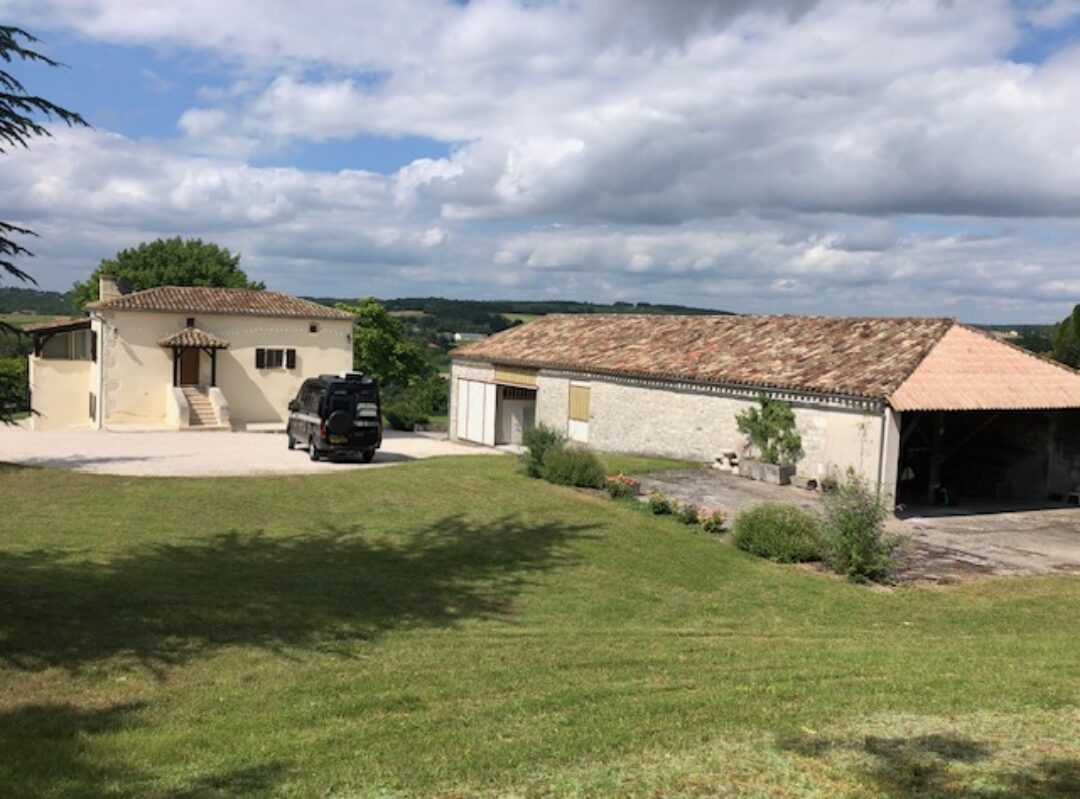We’re still enjoying exploring new wine and food specialities and there is plenty to discover nearby. The Aude department is in the region that was previously called Languedoc Roussillon and since 2014 has been called Occitanie. The region is a major wine producer, with well known red wines such as Corbieres, Fitou and Minervois. In the mid 1900s the Languedoc had a reputation for producing large volume and often poor quality wines. Production had increased in the late 1800s when other regions of France were plagued by phylloxera and vine mildews so the Languedoc took up the slack, often blending wines. Tampered wines (adding sugar, imported grapes, diluted with water) also appeared on the market and overproduction and the threat from imported wine led to widespread revolts by winemakers in 1907. Interestingly, part of the solution was the provision of a ration of wine to French soldiers during WW1. The ration started at 1/4 litre a day in 1914, was increased to 1/2 litre in 1916 and increased again in 1918 to 3/4 litre. The supply of wine to the troops had the effect of increasing alcoholism in this generation and the increase in wine consumption lasted until June 1940 when WWII restrictions enforced national abstinence. These days the French seem to enjoy their wine in moderation – certainly you get the impression that excessive drinking in restaurants and alcohol-fuelled acts of public disorder would be very much frowned upon.
The quality of wine in the region has improved over the years and behind us and in the foothills of the bordering Montagne Noire are the vines of the small, and fairly recent, appellation of Cabardès, 85% of which are red wines and the rest rosé. On the other side of the Canal du Midi are the vines of the Malepère appellation, another recent and similar style wine. Neither are wines that were familiar to us but we have been enjoying some reds from both areas, including the nearby Chateau Pennautier, also called the Versailles of the Languedoc. We had the opportunity to enjoy wine from the Malepère region when we went to lunch at Domaine Michaud, a restaurant recommended by the owner of the place we’re staying at. We planned to go there as a treat before we pop back to the UK but ended up going there sooner for Sunday lunch as they were closing for the winter season. The restaurant, set in the hills with glorious views, is run by a Dutch family, but the menu featured French specialities including frog’s legs – well they had to be tried and were very tasty.

Another alcoholic speciality of this area is Blanquette de Limoux, a sparkling wine and reputed to be the oldest known sparking wine in France, made by monks at the Abbey of Saint Hilaire near Limoux in the 16th century. It is certainly a very palatable sparking wine and good value to compared to champagnes or even Prosecco. We passed through the town of Limoux on a drive out to the south of the house towards Quillan and Rennes le Chateau. Everywhere is very quiet at this time of year but it was a lovely drive following the Aude river to Quillan.

We diverted up into the hills to Rennes le Chateau, a hilltop village with an intriguing legend attached to it. A young priest, Bérangère Saunière, arrived in the village in 1885 and over the subsequent years created a wonderful esate leading villagers and the church to wonder how he could afford such lavish construction and lifestyle. They concluded that there must be buried reasure under the church and in the 1960s treasure hunters began trying to uncover the secrets – even today there are signs in the village forbidding visitors from digging for treasure! The legend supposedly provided inspiration to the author Dan Brown for his novel the Da Vinci code, which has attaracted even more interest for this tiny village. As the twisty road up to the village is quite narrow, we were glad to be there on a quiet day.

We’ve mentioned before that the typical French boulangeries are now few and far between in the smaller villges and it’s not unusual to see a queue outside a bakery if you find one, in particular on a Sunday when cakes are often bought as a treat or gift and the bread often sells out early. On a recent walk we stopped to buy some bread at a village bakery and the experience reminded me of visiting a village Post Office in the UK (or France for that matter) where you need to be prepared to enjoy the slow pace of life. The baker himself was serving in the shop alone, while each customer painstakingly chose their bread and cakes, and he was also making the coffee for customers who chose to ‘eat in’ with their chosen pastry. Even asking for bread is a more complicated business – there’s often nothing as simple as a ‘baguette’ on the shelves, but an array of different artisanal breads that you hope will be labelled with the given name. The local speciality seems to be a ‘banette’, similar to a baguette but with sharp pointed ends and made with unrefined flour, so a heavier than a traditional baguette.
We’ve tried very hard, not always successfully, to avoid the temptations of the boulangeries and markets. As they say – everything in moderation!





